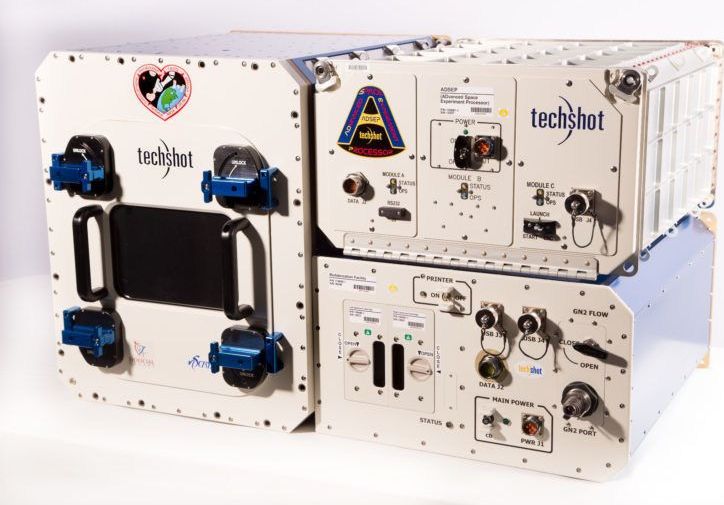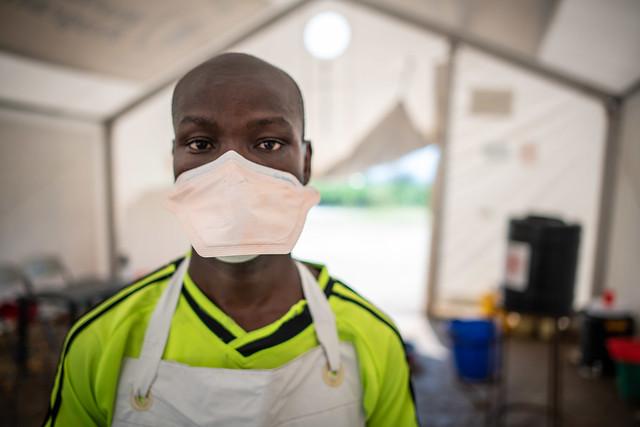Jul 6, 2019
NASA taps Carnegie Mellon to build small, speedy MoonRanger lunar rover
Posted by Klaus Baldauf in categories: robotics/AI, space
NASA has awarded Carnegie Mellon University (CMU) and Astrobotic a US$5.6 million contract to build a new suitcase-sized robotic lunar rover that could land on the Moon as soon as 2021. One of 12 proposals selected as part of the agency’s Lunar Surface and Instrumentation and Technology Payload (LSITP) program, the 24-lb (11-kg) MoonRanger rover is designed to operate autonomously on week-long missions within 0.6 mi (1 km) of its lander.


















